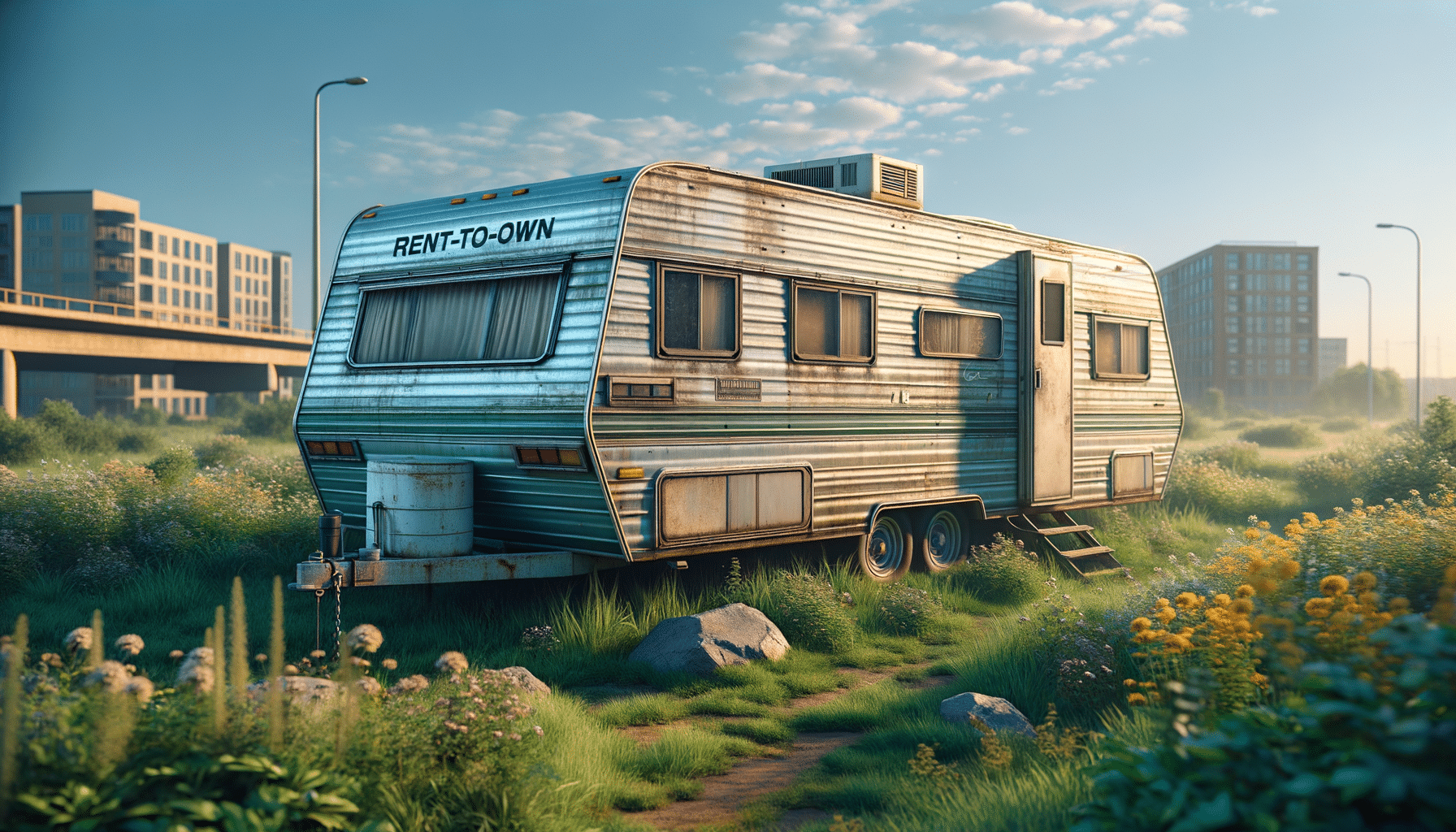
Prefabricated Cabin Living: Comfort Meets Simplicity
Understanding Prefabricated Cabins
Prefabricated cabins, also known as prefab cabins, are modular structures that are built off-site and then transported to their final location. This method of construction offers numerous advantages, primarily in terms of time efficiency and cost-effectiveness. Prefabricated cabins are designed to be assembled quickly, often in a matter of days, which is significantly faster than traditional construction methods.
The concept of prefabrication isn’t new; it has been a part of the construction industry for decades. However, recent advancements in technology and design have made these cabins a popular choice among those seeking a simpler lifestyle. These structures are not only efficient to build but also offer a high degree of customization. Homeowners can choose from a variety of designs, materials, and finishes to create a space that truly reflects their personal style.
Moreover, prefabricated cabins are known for their durability. Built to withstand various weather conditions, they are often constructed using high-quality materials that ensure longevity. This makes them an ideal choice for those looking to invest in a long-term, sustainable living solution.
The Benefits of Prefabricated Cabin Living
One of the most compelling reasons to consider prefabricated cabin living is the potential for significant cost savings. Traditional home construction can be costly due to labor and material expenses, but prefab cabins often come at a fraction of the cost. This affordability makes them accessible to a broader audience, including young families, retirees, and those looking for a second home.
In addition to cost savings, prefabricated cabins offer environmental benefits. Many manufacturers prioritize sustainability by using eco-friendly materials and energy-efficient designs. This commitment to the environment not only reduces the carbon footprint of the cabin but also leads to lower utility bills for the homeowner.
Another advantage is the flexibility that prefab cabins provide. These structures can be placed in a variety of locations, from remote wilderness settings to urban backyards. This versatility allows individuals to live in harmony with nature or enjoy the conveniences of city living, depending on their preferences.
Design and Customization Options
One of the standout features of prefabricated cabins is the extensive range of design and customization options available. Unlike traditional homes, prefab cabins offer the flexibility to create a unique living space that suits individual tastes and needs. Manufacturers provide a variety of floor plans, allowing homeowners to select a layout that works best for their lifestyle.
Customization options extend beyond floor plans. Homeowners can choose from a range of materials, including wood, metal, and composite, to create the desired aesthetic. Interior finishes, such as flooring, cabinetry, and fixtures, can also be tailored to match personal preferences. This level of customization ensures that each prefabricated cabin is as unique as its owner.
In addition to aesthetic choices, there are practical considerations. Prefabricated cabins can be equipped with modern amenities, such as energy-efficient appliances, smart home technology, and sustainable energy solutions like solar panels. These features not only enhance the comfort and convenience of living but also contribute to the cabin’s overall sustainability.
Challenges and Considerations
While prefabricated cabin living offers numerous benefits, there are some challenges and considerations to keep in mind. One potential issue is the availability of suitable land. Finding a plot that meets zoning regulations and has access to necessary utilities can be challenging, particularly in remote areas.
Transportation and assembly logistics can also pose challenges. Transporting a prefabricated cabin to a remote location may incur additional costs and require careful planning. Additionally, the assembly process, while generally straightforward, may require specialized skills, necessitating the hiring of experienced professionals.
Lastly, while customization options are extensive, there may still be limitations compared to traditional home construction. Some buyers may find the range of options restrictive, particularly if they have very specific design requirements. It is important to work closely with manufacturers to ensure that the final product aligns with expectations.
Conclusion: Embracing Simplicity and Comfort
Prefabricated cabin living represents a harmonious blend of simplicity and comfort, offering an appealing alternative to traditional housing. With their affordability, sustainability, and customization options, these cabins provide a practical solution for those seeking a lifestyle change. However, it is important to carefully consider the challenges associated with land acquisition and assembly to ensure a smooth transition.
For individuals interested in minimalistic and sustainable living, prefabricated cabins present a viable and attractive option. By embracing this lifestyle, homeowners can enjoy the benefits of modern living while staying connected to nature and reducing their environmental impact. As the demand for simpler, more sustainable living solutions grows, prefabricated cabins are likely to continue gaining popularity in the years to come.


